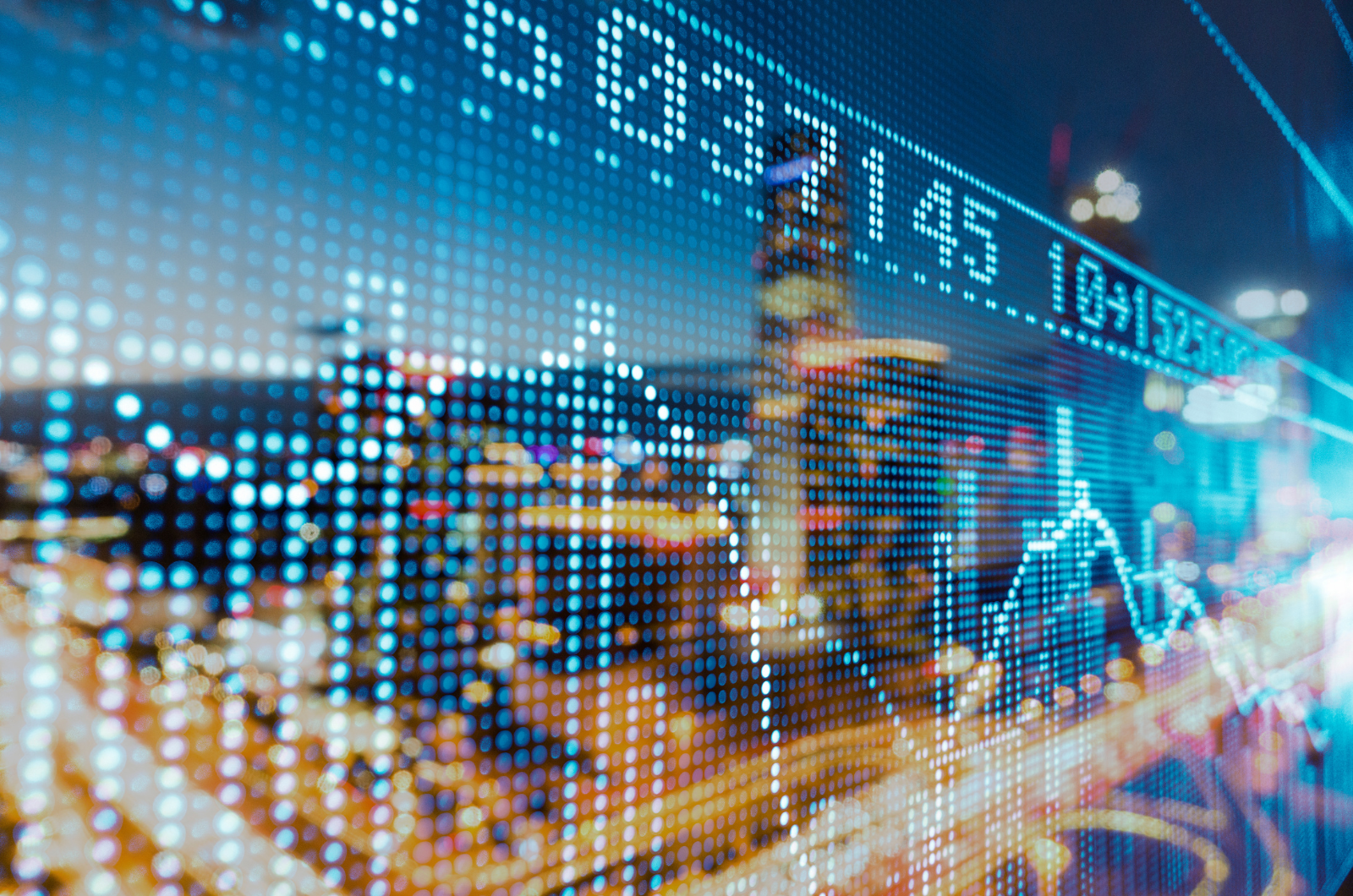As we reflect on the market conditions in the first half of 2025, one theme is becoming more apparent: the U.S. consumer remains a powerful force—even amid declining sentiment.
At the heart of our midyear review is the role of personal consumption expenditures, which continue to drive a significant share of GDP. Despite a challenging economic narrative, spending behavior tells a more resilient story.
Let’s take a closer look at what’s happening beneath the surface.
Consumer Spending Drives GDP
Personal consumption accounted for over 68% of U.S. GDP in the first quarter of 2025—consistent with historical norms between 65% and 70% since 2000 (excluding the COVID dip and rebound). This illustrates the crucial role consumer behavior continues to play in economic growth.
Sentiment and Spending Diverge
Data from the University of Michigan’s Consumer Sentiment Index reveals a stark contrast: consumer sentiment has declined significantly since early 2025, yet personal spending continues to rise. This disconnect highlights a unique environment where consumers are spending more despite feeling less optimistic about the economy.
Since 2021, personal expenditures have steadily increased even as sentiment fell during 2022 and again in early 2025. While consumer perception of financial and economic health weakens, real behavior continues to support the economy.
Why It Matters for Investors
This divergence signals that sentiment alone isn’t a reliable indicator of economic activity. Investors should be cautious about overreacting to gloomy sentiment headlines when spending trends remain strong. It also reinforces the importance of understanding both behavioral and psychological data when making strategic asset allocation decisions.
Stay tuned for more insights from the Investment Research Team in the months ahead.
University of Michigan, BEA, YCharts. Data as of 6/30/2025
Bloomberg, YCharts. Data as of 6/30/2025


![[Video] Q3 2025 Economic and Market Commentary](https://hubrpw.com/wp-content/uploads/2025/10/Screenshot-2025-10-21-at-12.10.14 PM.png)